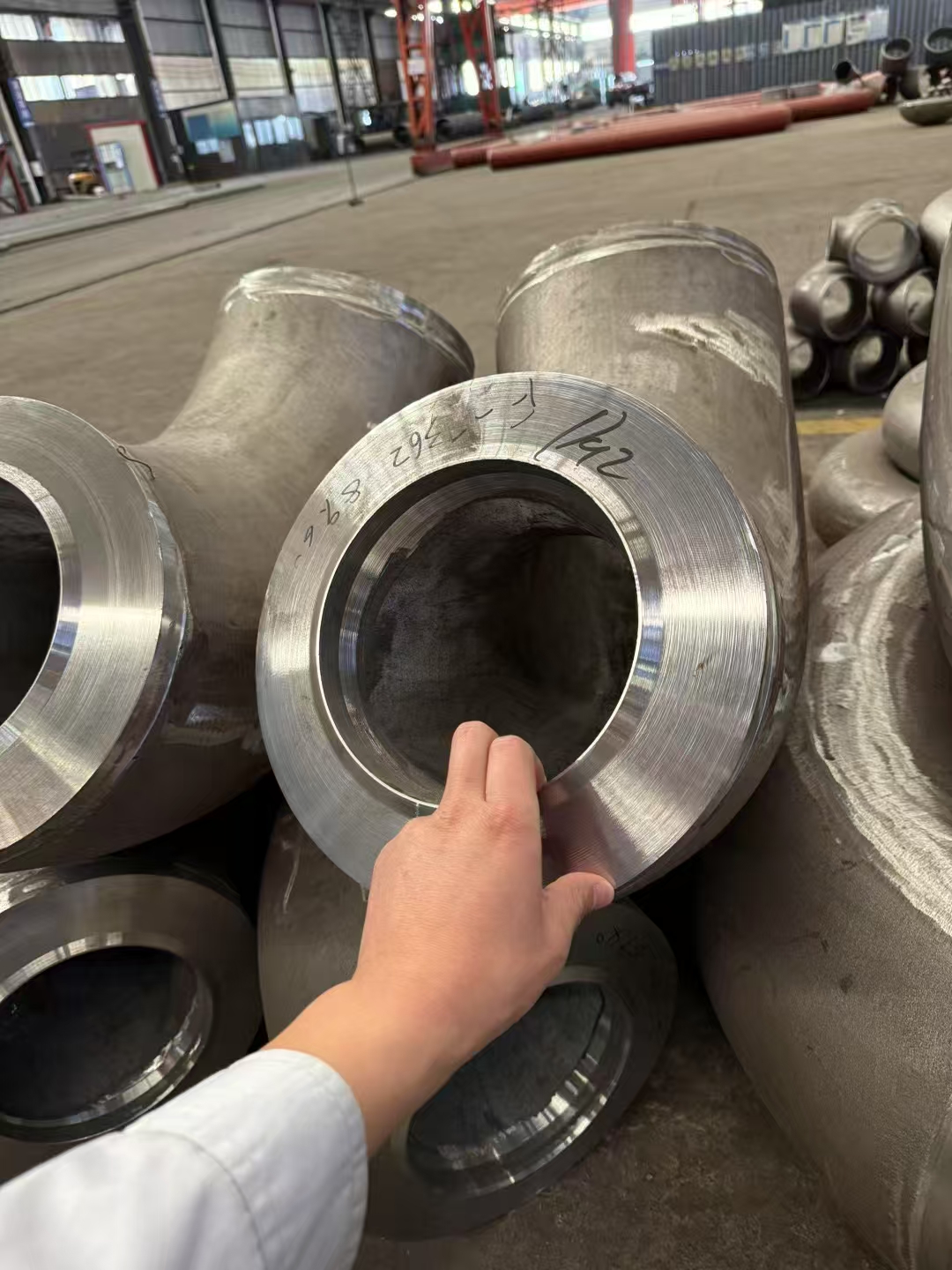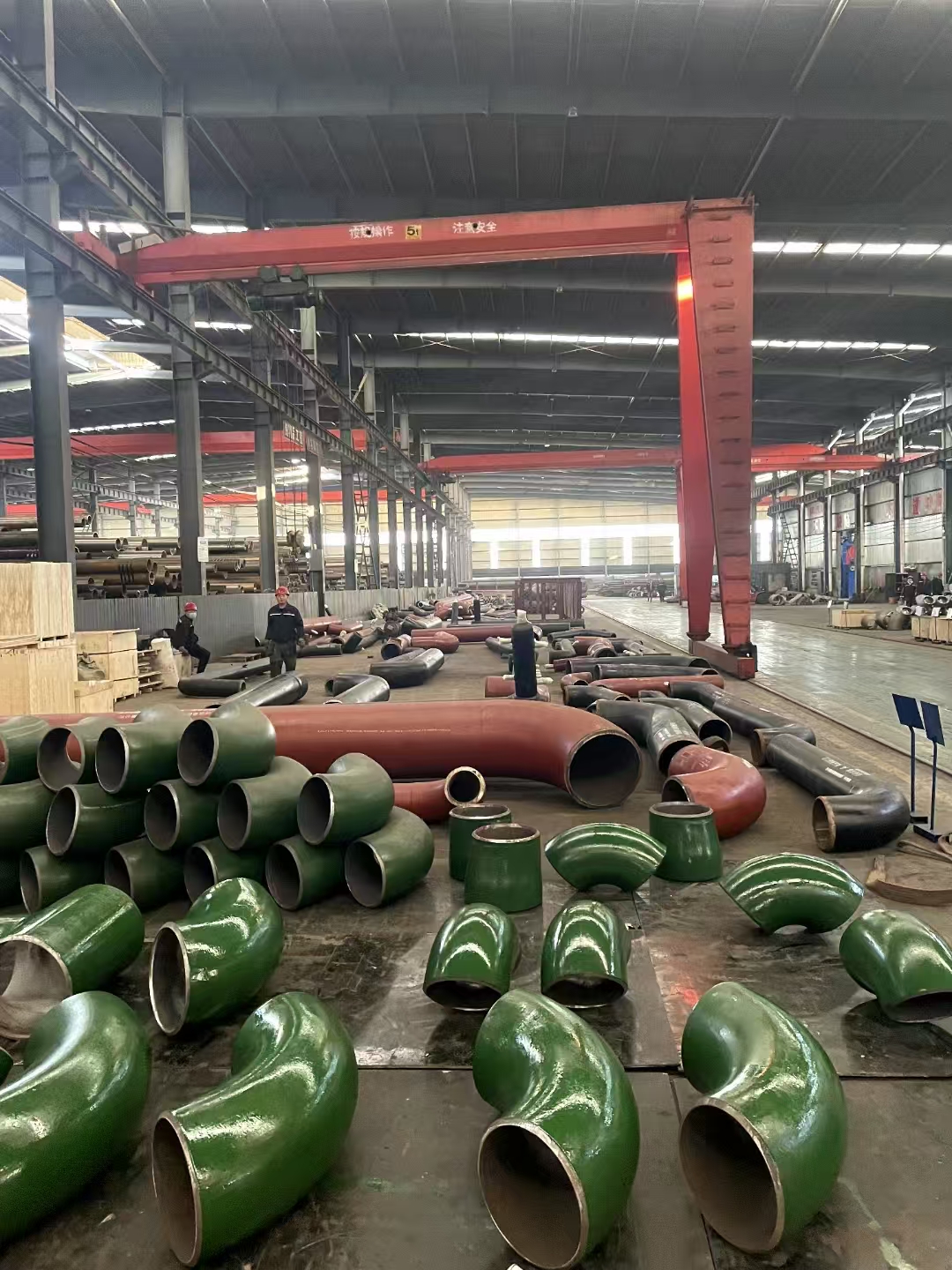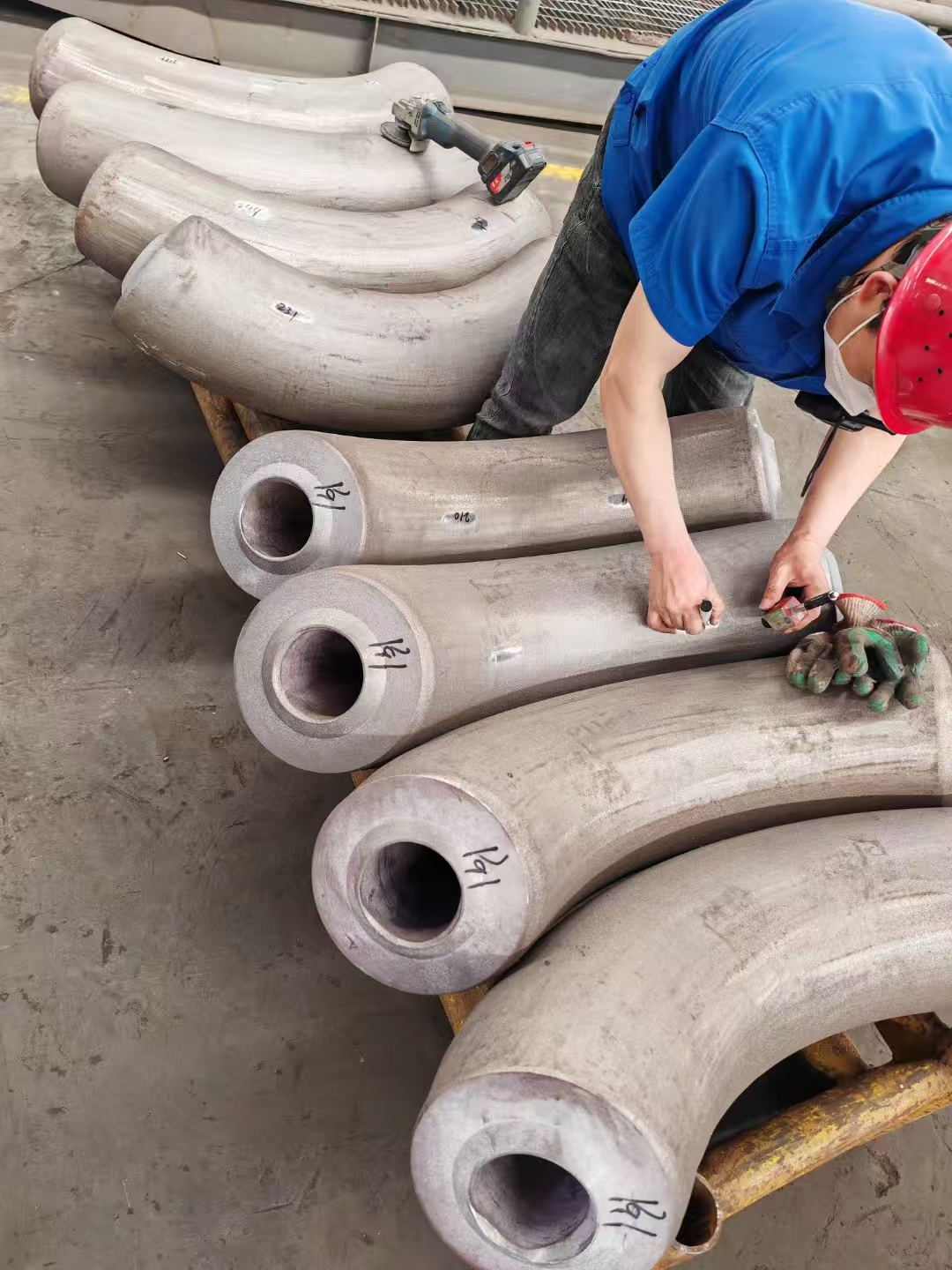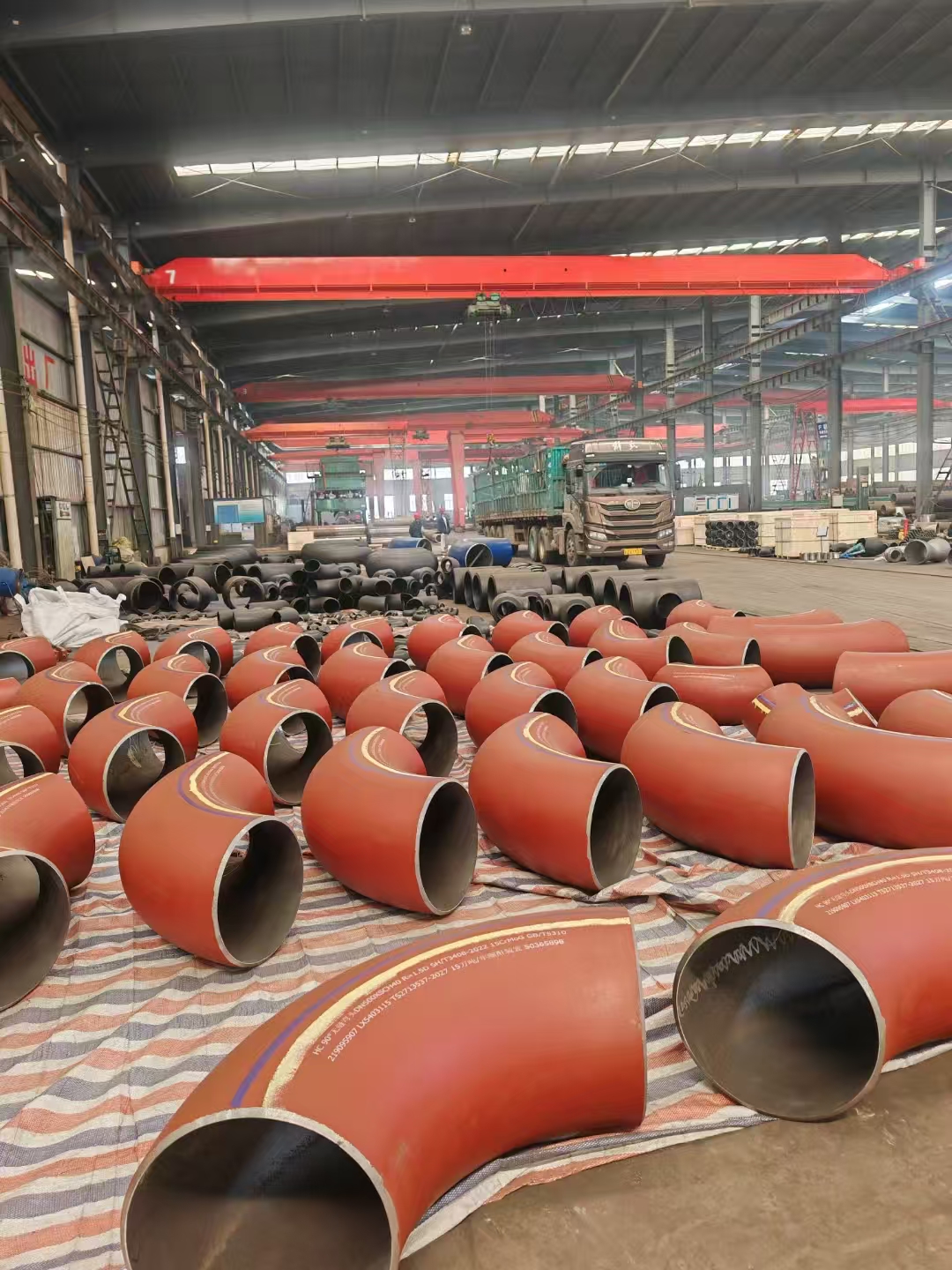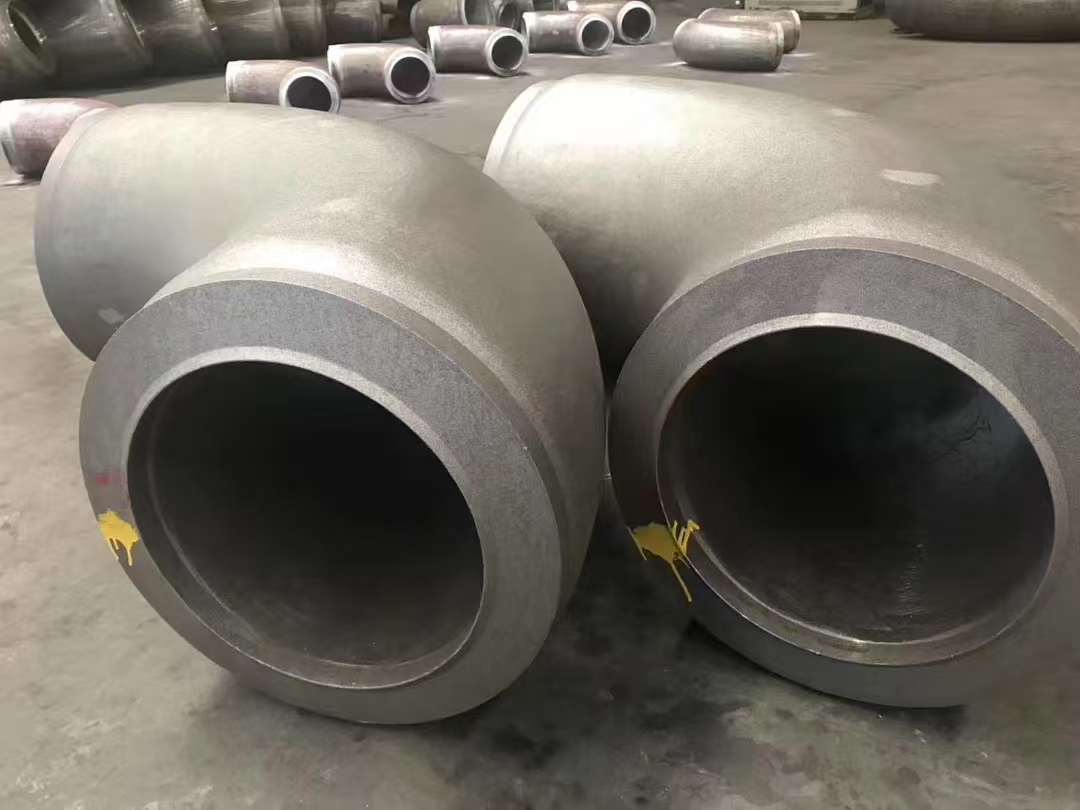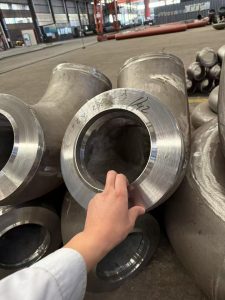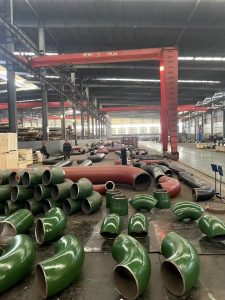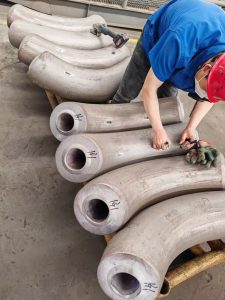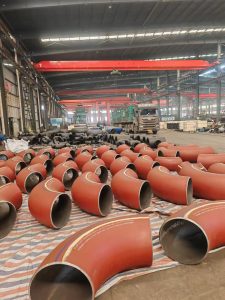This article delves into the significance of two key processes—straightening and passivation—in refining composite seamless steel pipes to meet the exacting demands of modern industry.
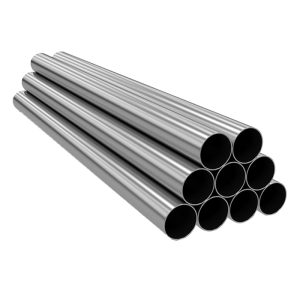
In the realm of specialized materials, composite seamless steel pipes occupy a distinctive position due to their exceptional mechanical strength, superior corrosion resistance, and excellent heat transfer properties. These characteristics make them crucial components in various industrial applications such as oil and gas extraction, chemical processing, and heat exchange systems. As technology evolves, so too does the need for enhanced precision in the manufacture and adjustment of these pipes.
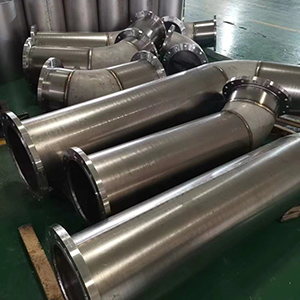
After the production of steel pipes, subsequent processing is required.
To make the steel pipes smoother, they need to be squeezed through the straightening rollers of a straightening machine to alter the straightness of the outer surface. However, existing straightening machines cause the axis of the steel pipes to deviate from the horizontal line due to gravity during the straightening process, leading to poor straightening results and the need for multiple straightening operations.
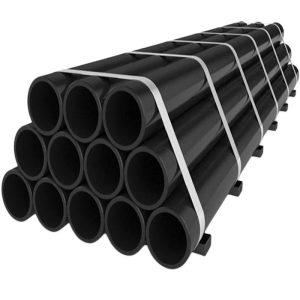
Straightening is a critical step that corrects any bends or curves in the pipes resulting from manufacturing or handling.
For composite seamless steel pipes, this process is meticulously conducted to ensure the pipe’s structural integrity is not compromised. The straightening operation typically involves pulling the pipe through a series of rollers designed to apply controlled force, gradually realigning the pipe to its specified straightness tolerance. The precision with which this is done can make a significant difference in the pipe’s performance, especially under high pressures and temperatures.
Following straighening, passivation becomes a vital step, particularly for pipes used in applications where corrosion resistance is paramount.
Passivation refers to the process of forming a protective film on the surface of the metal, usually stainless steel, to prevent corrosion. In the context of composite seamless steel pipes, this involves cleaning the surface thoroughly and then treating it with nitric acid or another passivating agent to form a stable, passive layer of chromium oxide. This treatment not only enhances the pipe’s resistance to corrosion but also improves its aesthetic appearance and compatibility with certain substances it might come into contact with.
The application domain of composite seamless steel pipes is vast and expanding.
They are frequently utilized in the petroleum industry for drilling and pipeline transportation due to their high pressure and temperature resistance. In the power generation sector, these pipes are used in boilers and heat exchangers because of their excellent thermal conductivity. Chemical plants rely on them for carrying a variety of chemicals owing to their resilience against corrosive substances. With increasing focus on efficiency and safety, the demand for precise engineering in these pipes continues to grow.
The future outlook for composite seamless steel pipes is bright, driven by technological advancements that enable improved manufacturing techniques and enhanced material properties. Innovations in alloy design and coating technologies promise pipes with even greater durability and specialized functionality. Moreover, as global infrastructure continues to develop, the need for reliable and efficient pipeline systems will further spur the refinement of these pipes.
In conclusion, the processes of straightening and passivation play pivotal roles in the refinement of composite seamless steel pipes. Straightening ensures the physical accuracy necessary for high-performance systems, while passivation provides the chemical resistance required for longevity and safety. As the applications for these pipes expand, the attention to detail in their adjustment will be a determining factor in their success and the progress of industries that rely on them. The future promises more sophisticated materials and techniques, ensuring that composite seamless steel pipes continue to be at the forefront of industrial pipe innovation.

